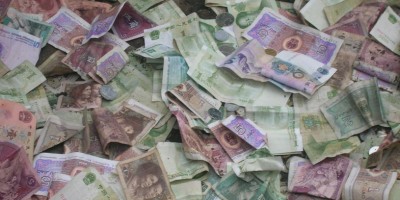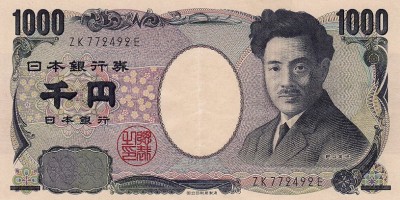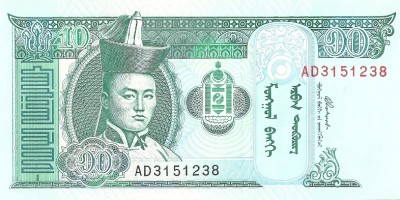The domestic economy is more complex than it was just a few years ago. It is more integrated with international markets and more layered with wealth generating opportunities. It has broadened substantially, and as a result, it has taken longer than in the past for problems to be widely felt in the economy. It has also taken longer for a sense of urgency to take hold at the political and policy-making level about the need to fix the problems. Still, the signs have been there, and for those watching the indicators closely, it has been like watching an economic game of Jenga.
For those not familiar with Jenga, it is a game in which players take turns strategically removing blocks from a tower of interlaced and overlain blocks. They then place the removed blocks on top of the tower with the goal of making the tower unstable and forcing their opponent to pull a block on the next turn that causes the tower to collapse (see image). If you imagine the economy as a Jenga tower, market conditions, politics, and government policy have been pulling economic blocks from the tower and haphazardly placing them back for the last 18-24 months. The first clear signs of the tower beginning to teeter emerged last fall as declining Foreign Direct Investment (FDI) and the yawning national budget deficit became too large to ignore. It is also about that time the Tugrik reached its then (since beaten) record-breaking level of depreciation.

This analogy can be mathematically extended using the standard national income (i.e. GDP) formula that is taught in Macro-Economics 101 courses (see above). Mongolia is a country heavily dependent on imports, so its trade balance X-M is almost always negative. Imports outstrip exports, so income has to be created somewhere else in the formula to make Y grow. Mongolia has a very small domestic consumer market, so the two variables that have been driving the extraordinary economic growth over the last few years have been investment and government spending. FDI has experienced a precipitous decline in recent months, and it is now at levels lower than before major construction began at Oyu Tolgoi in 2010 (see FDI graph). Government spending has had to progressively fill the gap to keep Y growing. The rub is the government has experienced declining revenue, particularly from coal exports (see coal sector graph) but also taxes (see fiscal balance graph), so its spending has needed support from borrowing with bonds and printing money with the Central Bank and the Development Bank of Mongolia (DBM).



It may not be immediately obvious, but the state of the domestic economy leads to the symptom of a depreciating Tugrik (see here and here). Although we generally think of money as something with either an intrinsic value or tied to something with an intrinsic value like gold, classic economic theory says there are no intrinsic or absolute values in a market. All prices are relative and determined by the intersection of supply and demand, including currency or gold prices (see graph below). What drives changes in supply or demand can vary, but ultimately the market price is determined by where those opposing market forces eventually find equilibrium against available quantities.

The primary reason that the Tugrik is depreciating is not because the government lacks enough gold or dollars in reserve or because the international market conditions are unfavorable. Instead, at a very basic level, there are more Tugriks available than the economy has demand for them. The Central Bank could create artificial demand in the short-term by buying up Tugriks with its foreign currency reserves, but in the long-run the reserves are more likely to be exhausted than the Tugrik is to appreciate. The unfavorable market conditions for the Tugrik have been caused by a combination of investors avoiding entry or divesting themselves from Tugrik denominated holdings (decreased demand arguably created by political risks), consumer preference towards buying imports (decreased demand as people trade their Tugriks for internationally convertible currency), and the government injecting Tugriks into the economy with stimulus programs aimed at keeping economic growth high (increased supply). In other words, the depreciation is being propelled by domestic market conditions. Too many Tugriks and not enough people in the market that can put them to good economic use.
Politicians and policy-makers have tried in recent months to blame international market conditions for the depreciation, but domestic market conditions are the much bigger factor, making the depreciation just a symptom of a much wider problem. If the economy is an interlocking Jenga tower, then politicians and policy-makers have been recklessly pulling a block here and putting a block there without consideration for how it affects the stability of the whole structure. It is a game that has continued for much longer than it would likely have in the past, but the conclusion is just as inevitable unless the politics and policies that are undermining the economy are addressed.



